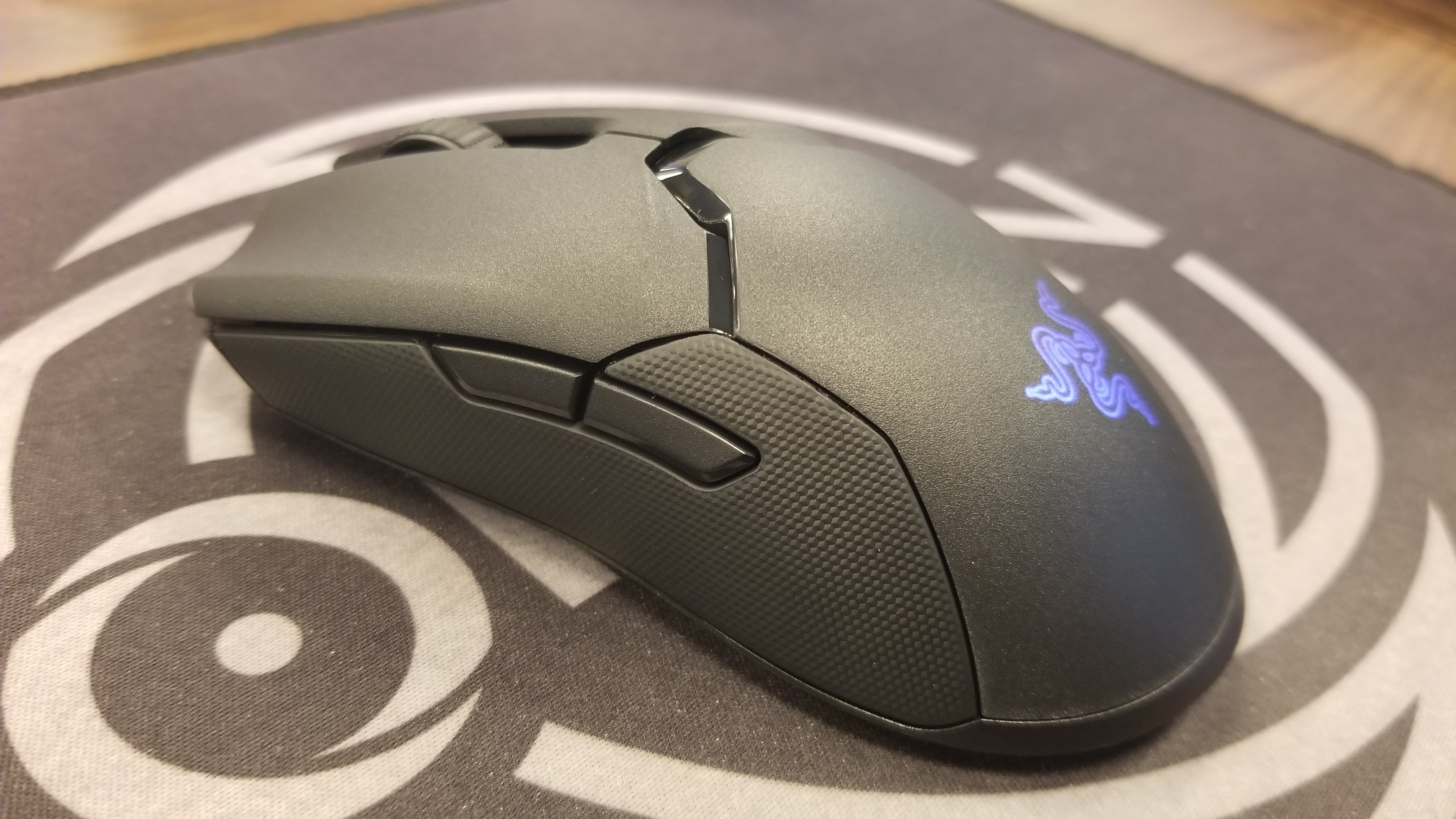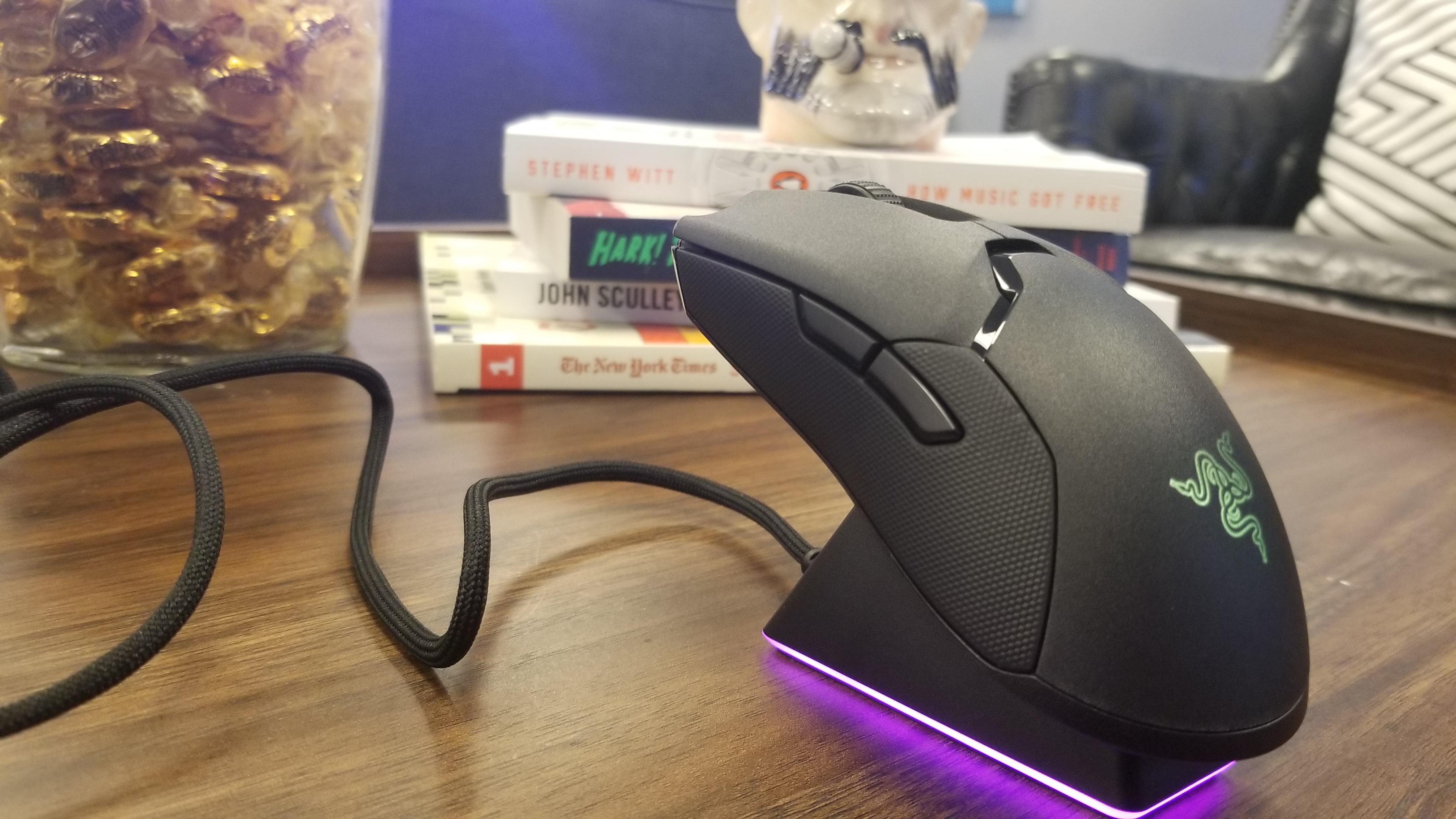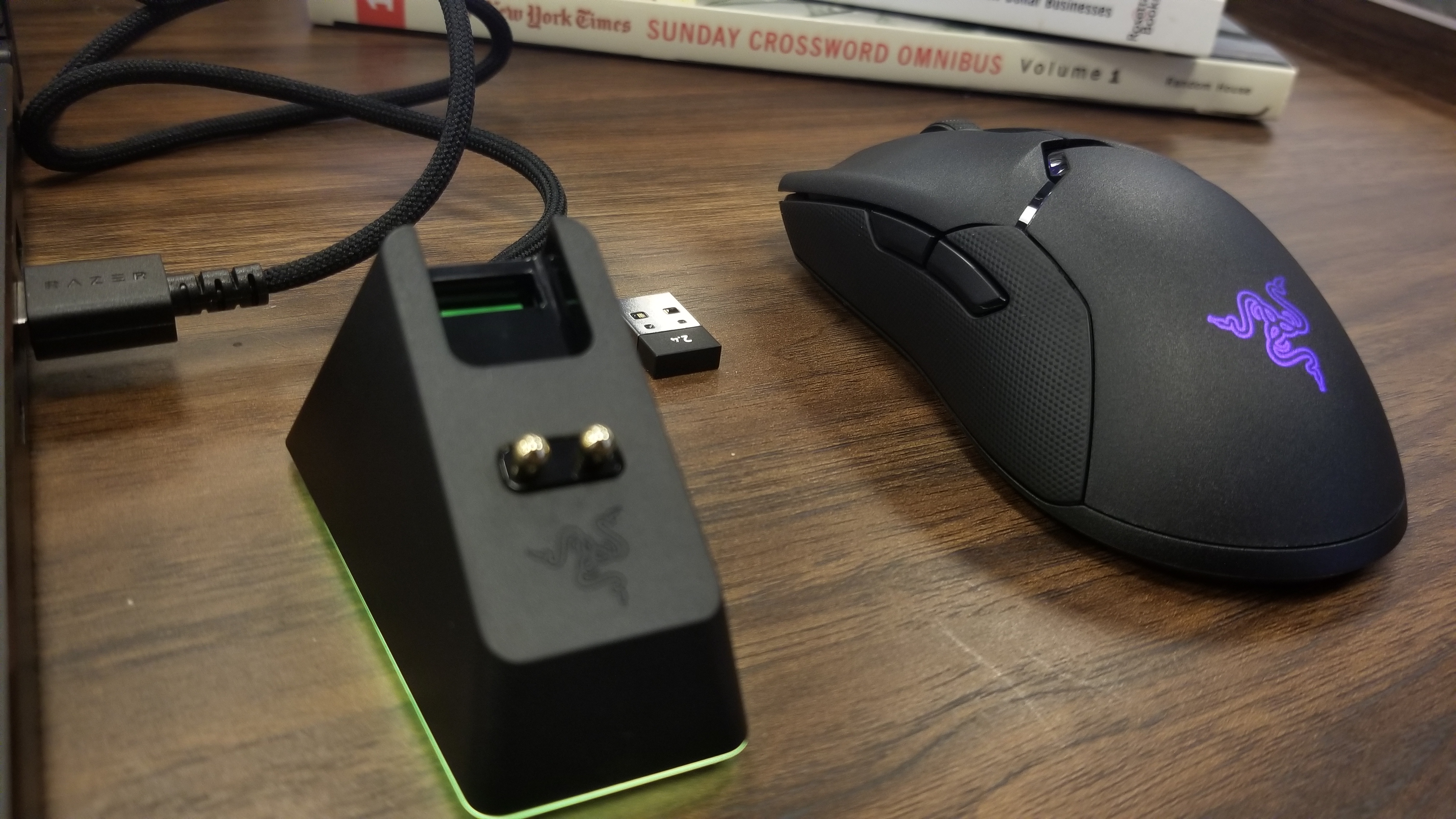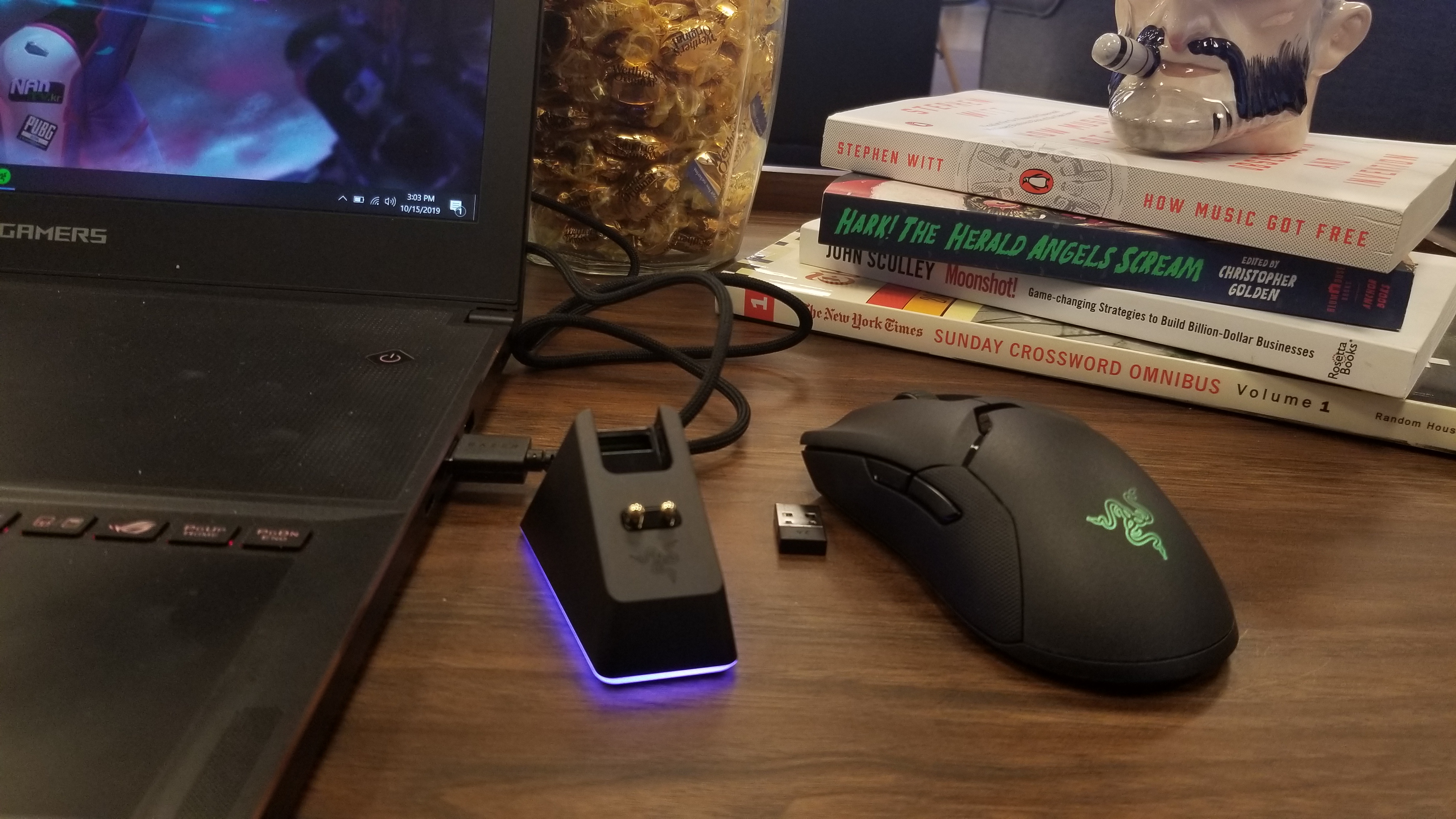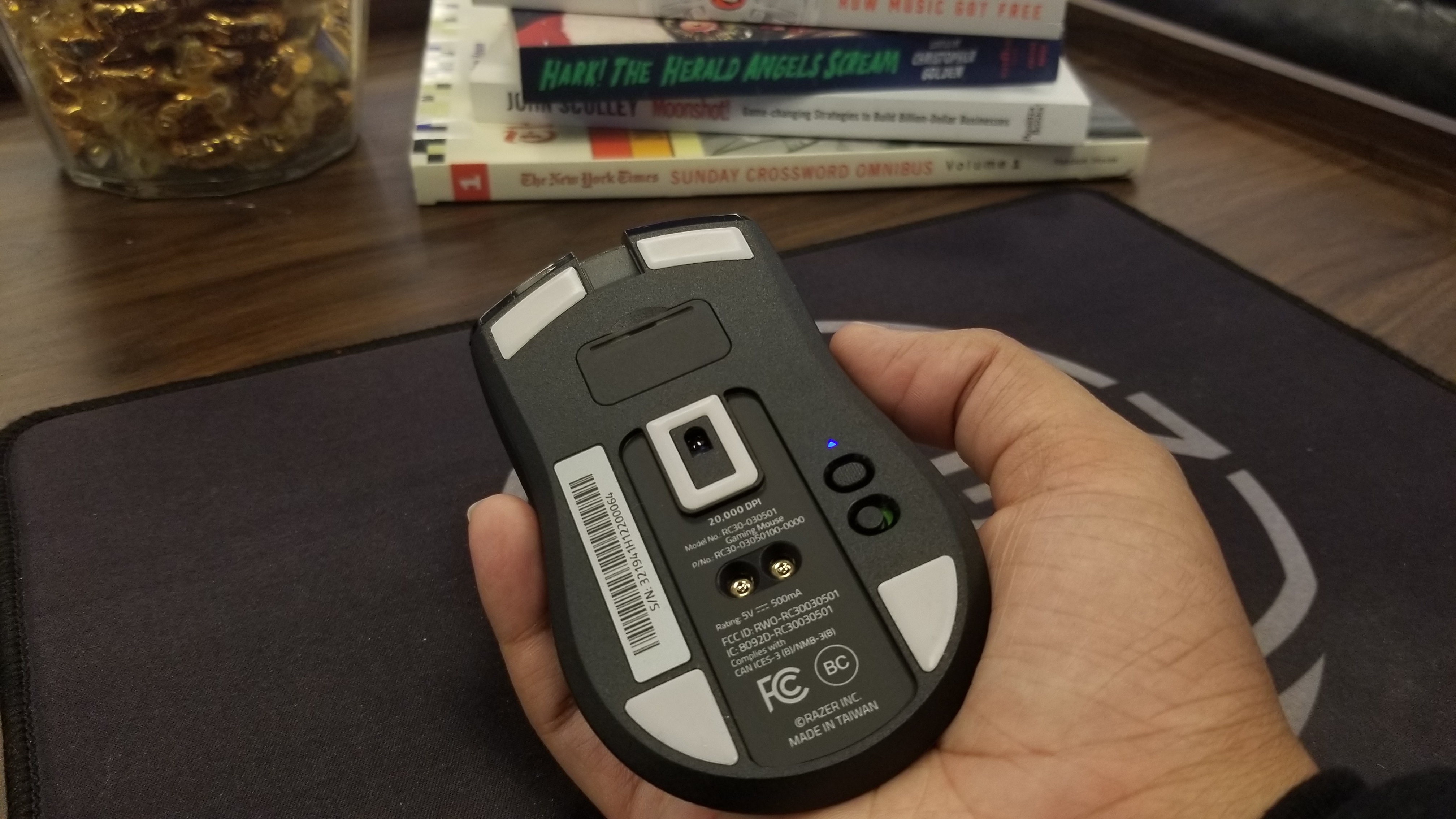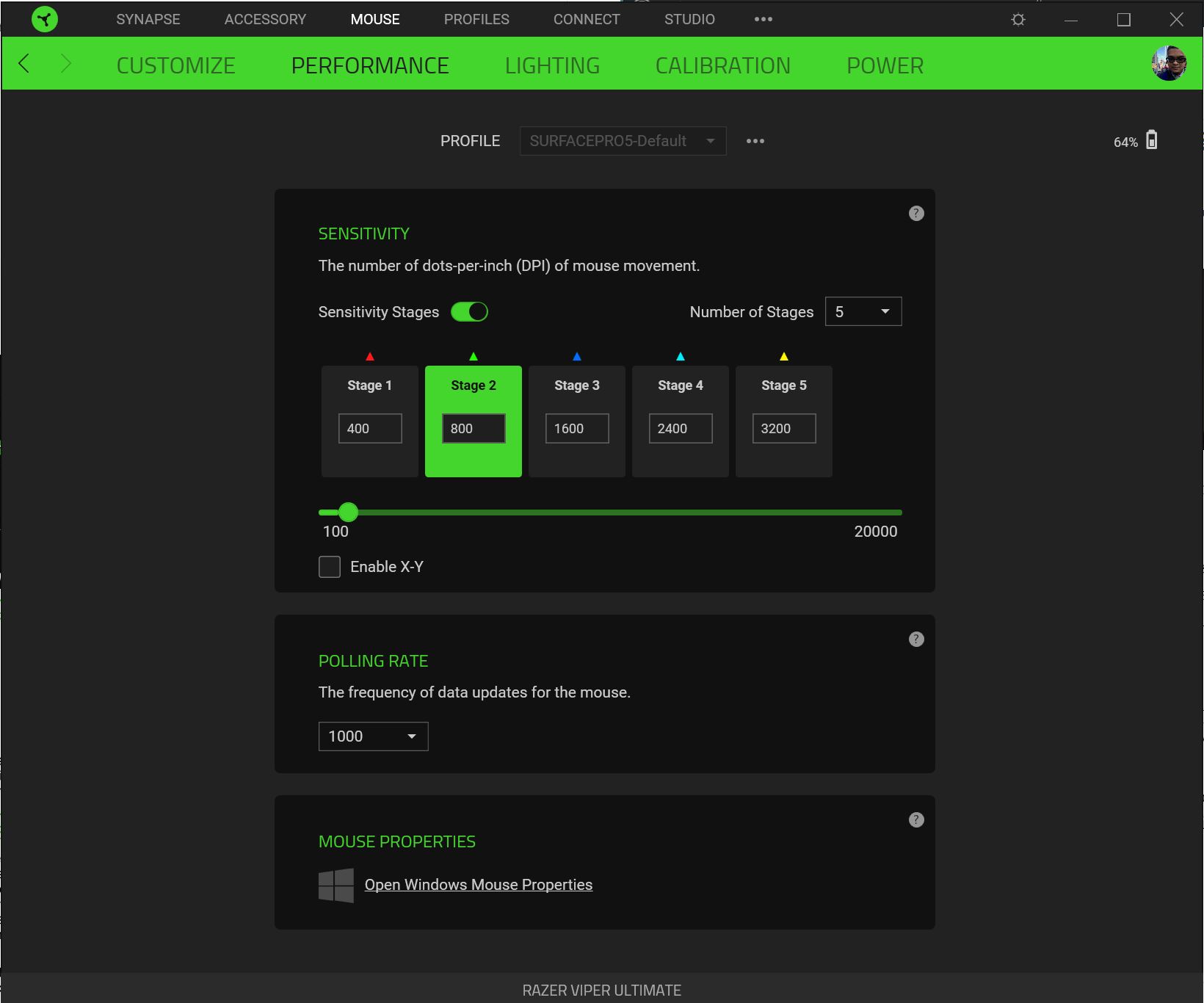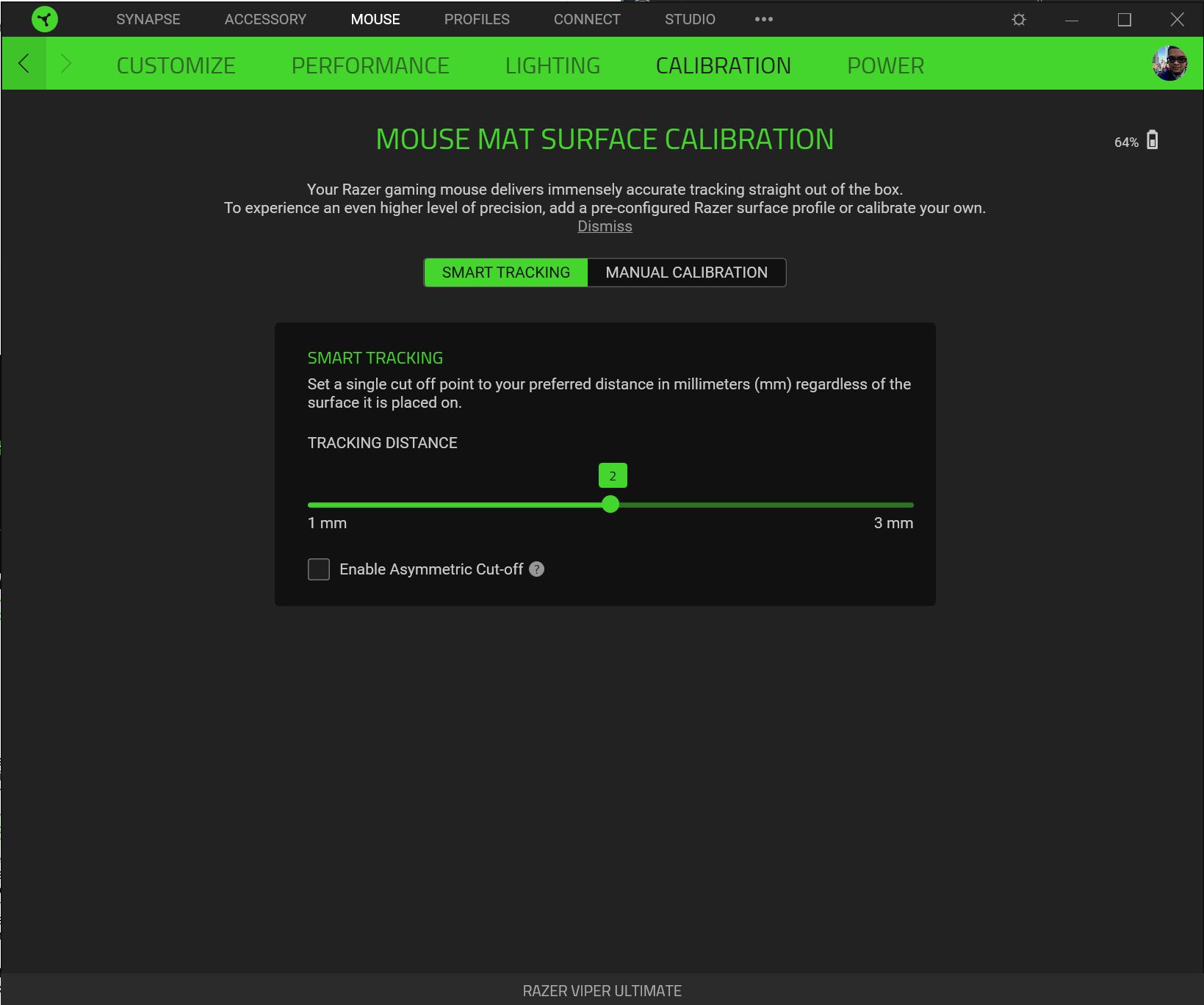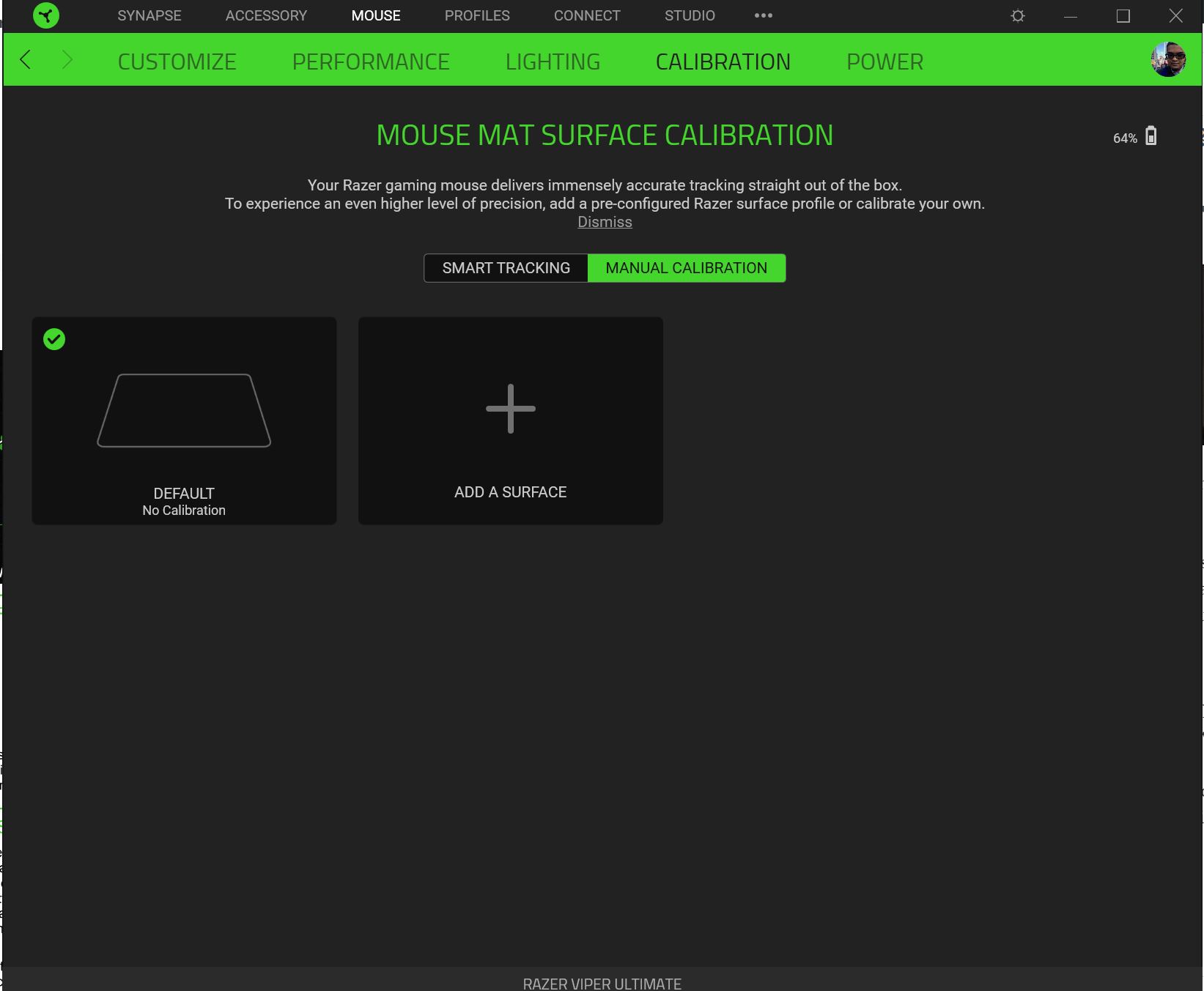In a day and age where even the smallest on-screen movement counts in fast-paced games like Fortnite or Counter-Strike: Global Offensive, you’ll need a mouse that can keep up with all the action. Typically, that means choosing a lightweight wired mouse, like the Razer Viper, or perhaps a wireless option like the Logitech G502.
Well, Razer gets that. It’s new $150 Viper Ultimate gaming mouse cuts the cords, and isn’t ordinary. It has lots of new technology under the hood to show for it.
All the buttons and sensors you need
According to Razer, there are a few things unique about the new Viper Ultimate — and make it compete with wired mice or even one of Logitech’s best e-sports gaming mice, the G Pro Wireless.
The Viper Ultimate sports a HyperSpeed Wireless Technology, and a new Focus+ optical Sensor, with some intelligent functionality. The mouse itself is also designed to go untethered, is extremely lightweight at 74 grams, and has a dock, complete with Chroma lighting.

Overall, the build quality of the new Viper Ultimate is great. Sporting a sleek black matte design and feel, it comes in at roughly 74 grams and is almost feather-light. It’s also comfortable to hold, with no pressure points to feel during long-haul use.
From the lit Razer logo on the front to the grips on the side, the new mouse is similarly shaped to the older Viper wired mouse. There are five on-board memory profiles and eight independently programmable buttons. On the underside, you get the power button and a separate button to adjust DPI, scaling all the way up to 22,000. The DPI can also be switched via Razer Synapse to your own preference.
As for the charging dock, it’s fairly compact and sits out of the way on a desk. There’s even a spot for the USB dongle inside. The feet also grips to any surface and, comes complete with the Chroma lighting.
Razer claims you can get 5 hours of wireless playtime for every 10 minutes of charging, and up to 70 hours of battery life, though I didn’t take it that far in my testing. That’s still more than the 60 hours on the Logitech G Pro Wireless.

The mouse is ambidextrous, which is an option that can be configured in the Synapse software. However, the bottom portions on the bottom of the Viper Elite is what hold the biggest changes.
HyperSpeed to the rescue
Compared to the wired Viper, it’s grey-colored rubber feet are much smoother, and less scratchy. But what Razer is really proud of is the technology inside the mouse. The company claims its new HyperSpeed wireless technology is 25 percent faster than other wireless technologies.
Citing test data from TUB SUD PSB, Razer says it has optimized data protocols and has developed an ultra-fast radio for faster transmission speeds. The wireless technology inside is able to operate at a 999-1000 Hz polling rate, which is consistent with a typical wired mouse. Click latency is also rated at 195 microseconds, which is less than the standard 270 in other mice.

It also scans frequency channels every millisecond for any form of interference. By doing so, it detects which frequencies to avoid, and instantly switches to the fastest channel to eliminate connectivity lag. This also is able to draw less power from the mouse.
Elsewhere, there’s a new Razer Focus + Optical Sensor on board. Razer claims this sensor to be the highest specs in the market. It sports a 99.6% resolution accuracy, 20,000 DPI, and 650 IPS max speed with 50 G of acceleration. That puts it ahead of the 400 IPS on the G Pro Wireless.
But, what really matters with the sensor are four things: Smart Tracking, Asyemmetic Cut-off, and Motion Sync, and the use of optical sensors.
With the Smart Tracking, you’re able to use the Viper Ultimate on any surface, without the need to manually calibrate the sensors. This eliminates the inconsistency created with lift-off distance, which happens when the mouse stops tracking when you pick it up.
With the Asymmetric Cutoff, you’re able to configure the landing distance of the mouse. Razer tells us this is supposed to be set as low as possible to avoid cursor drift.
Related to that is Motion Sync. With this technology, the mouse is able to sync its signals at the exact intervals your PC extracts information. In non-technical terms, your game is able to get the most current updates of your mouse position for more consistent tracking.
Finally, while not new, Razer’s Viper Ultimate sports an Optical Mouse Switch. This was on the previous Viper, and it is supposedly three times faster than mechanical switches. It means that you get instant actuation, as signals are sent electronically and via light, rather than via metallic contact. For those who like numbers, that every click actuates at 0.2 milliseconds. There’s also extra durability, with Razer claiming for a total of 70 million clicks.
I tested all these claims in a match of Counterstrike: Global Offensive. Playing in defuse mode, I sneaked around and planted an explosive, and defended it without causing my team to lose. The Viper Ultimate did a great job at tracking movements without latency. I also happily jammed buttons and clicked my way through weapons, annihilated the competition.
Priced at $150, the Razer Viper Ultimate is quite expensive. However, for serious e-sports gamers, it will be worth the price. This mouse is built for speed and precision and is super compact and lightweight. That makes it anything but ordinary.
